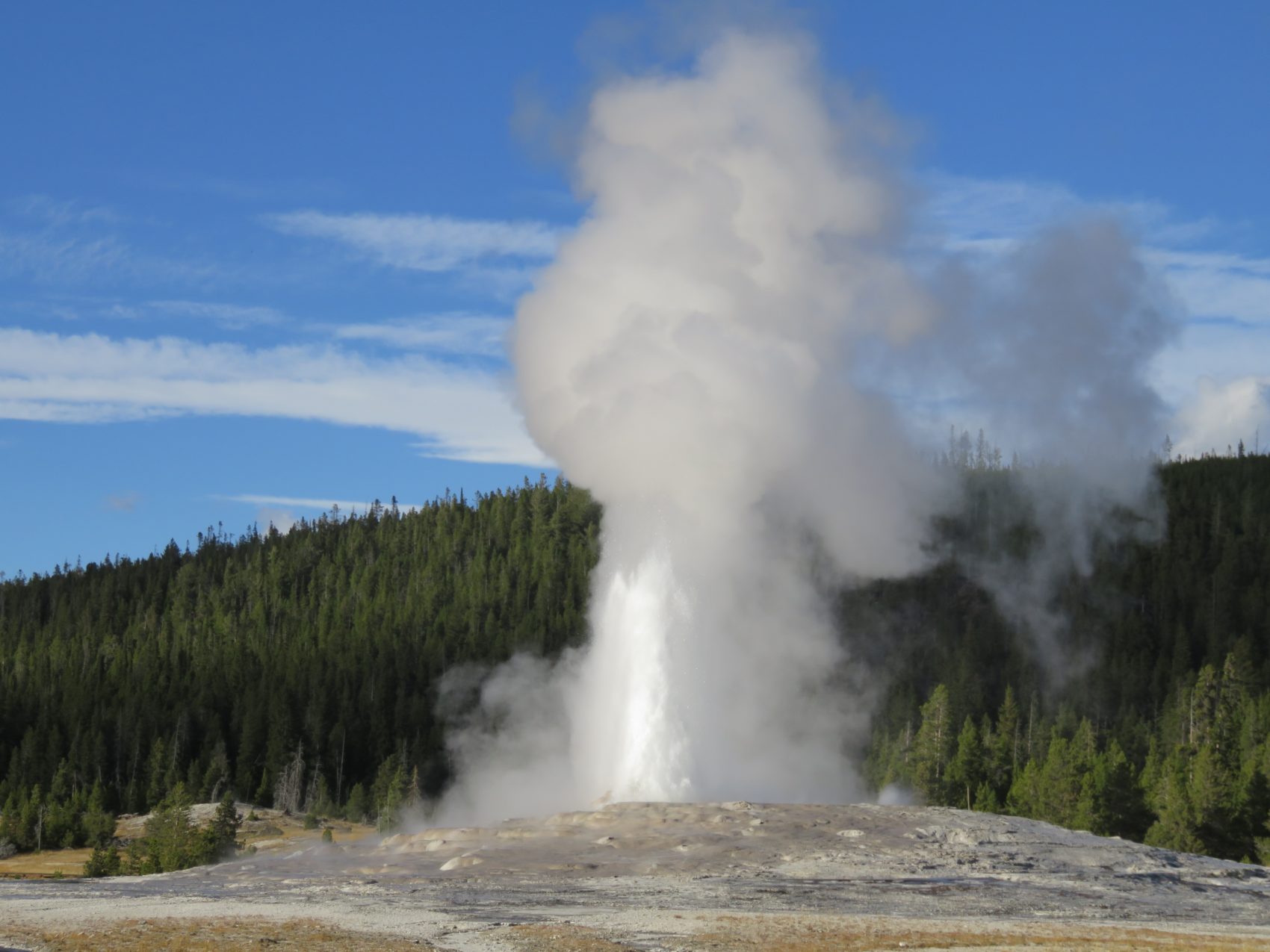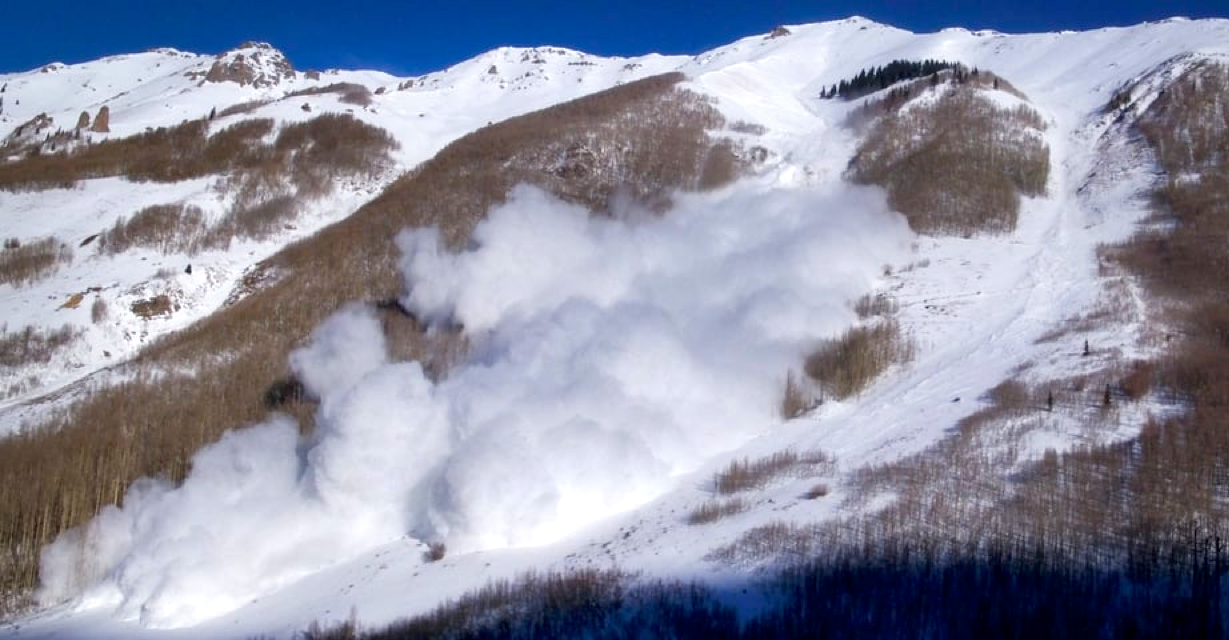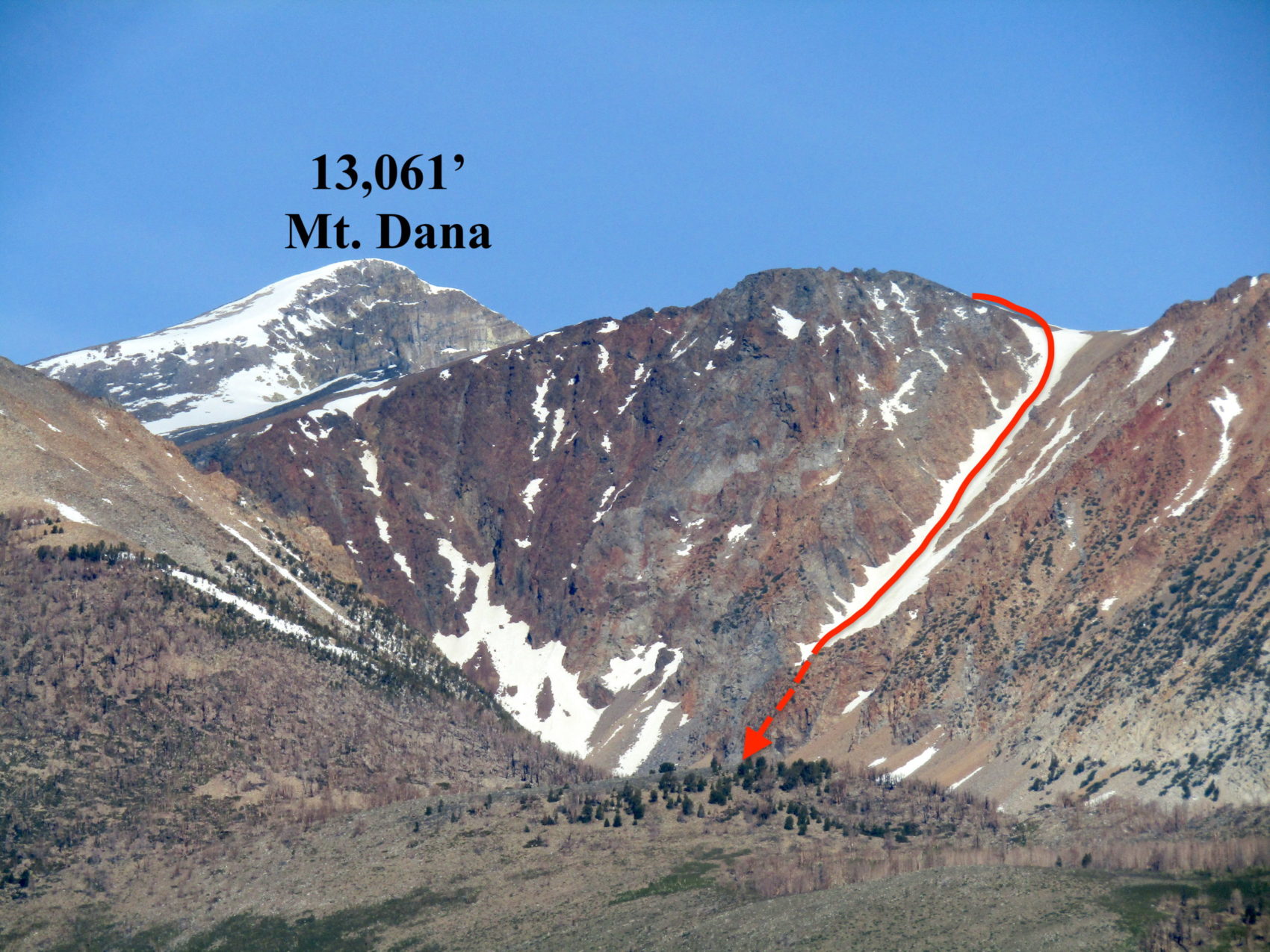NASA’s piano-sized New Horizons spacecraft has sent back the sharpest ever views of Pluto’s mountains obtained on it’s July flyby. Humans may not see photos this close-up of Pluto again for decades.
“These new images give us a breathtaking, super-high resolution window into Pluto’s geology.” – New Horizons Principal Investigator Alan Stern, of the Southwest Research Institute in Boulder, Colorado.
These photos show the al-Idrisi mountains and the icy plains of Sputnik Planum and they’re spectacular. Pluto is over 3 billion miles away.
Might be some good skiing out there… Just image how many perfect mountains must exist in our universe…

Credits: NASA/JHUAPL/SwRI

Credits: NASA/JHUAPL/SwRI
We’ll let NASA explain the rest:
NASA’s New Horizons spacecraft has sent back the first in a series of the sharpest views of Pluto it obtained during its July flyby – and the best close-ups of Pluto that humans may see for decades.
Each week the piano-sized New Horizons spacecraft transmits data stored on its digital recorders from its flight through the Pluto system on July 14. These latest pictures are part of a sequence taken near New Horizons’ closest approach to Pluto, with resolutions of about 250-280 feet (77-85 meters) per pixel – revealing features less than half the size of a city block on Pluto’s diverse surface. In these new images, New Horizons captured a wide variety of cratered, mountainous and glacial terrains.
“These close-up images, showing the diversity of terrain on Pluto, demonstrate the power of our robotic planetary explorers to return intriguing data to scientists back here on planet Earth,” said John Grunsfeld, former astronaut and associate administrator for NASA’s Science Mission Directorate. “New Horizons thrilled us during the July flyby with the first close images of Pluto, and as the spacecraft transmits the treasure trove of images in its onboard memory back to us, we continue to be amazed by what we see.”
These latest images form a strip 50 miles (80 kilometers) wide on a world 3 billion miles away. The pictures trend from Pluto’s jagged horizon about 500 miles (800 kilometers) northwest of the informally named Sputnik Planum, across the al-Idrisi mountains, over the shoreline of Sputnik, and across its icy plains. (To view the strip in the highest resolution possible, click here and zoom in.)
“These new images give us a breathtaking, super-high resolution window into Pluto’s geology,” said New Horizons Principal Investigator Alan Stern, of the Southwest Research Institute (SwRI) in Boulder, Colorado. “Nothing of this quality was available for Venus or Mars until decades after their first flybys; yet at Pluto we’re there already – down among the craters, mountains and ice fields – less than five months after flyby! The science we can do with these images is simply unbelievable.”
– NASA, Nov. 20th, 2015

Credits: NASA/JHUAPL/SwRI

The images form a strip 50 miles (80 kilometers) wide trending from Pluto’s jagged horizon about 500 miles (800 kilometers) northwest of the informally named Sputnik Planum, across the al-Idrisi mountains, onto the shoreline of Sputnik Planum and across its icy plains. They were made with the telescopic Long Range Reconnaissance Imager (LORRI) aboard New Horizons, over a timespan of about a minute centered on 11:36 UT on July 14 – just about 15 minutes before New Horizons’ closest approach to Pluto –from a range of just 10,000 miles (17,000 kilometers).
Credit: NASA/JHUAPL/SwRI




